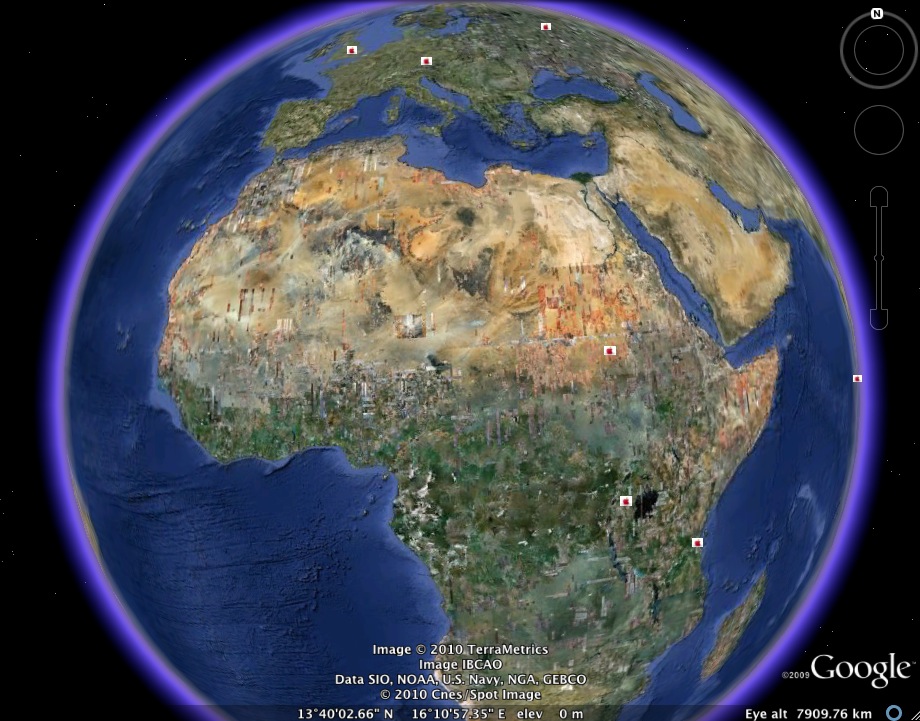
(Image credit: Google Earth map created by Smith's RHE 306)
Caroline and I completed our Food Geographies Collaborative
Writing Workshop last week.
My students decided to keep their class map broad, not
restricting it to Austin, to Texas, or to the United States. As a result, the geographies they trace
are provocative, but also somewhat diffuse. That is, we might have gotten better results by densely
mapping a limited area, but patterns emerge on our worldwide map that would not
otherwise have been visible.
While many students chose to map sites in the Austin area or the United States, the above map shows the efforts of two students who worked on mapping some non-U.S. sites, including major World Food Program sites, fast food locations in developing counties, and key sugar-producing sites. More detail on these sites and others, after the jump.
Recent comments
2 years 29 weeks ago
2 years 44 weeks ago
2 years 44 weeks ago
2 years 50 weeks ago
3 years 4 weeks ago
3 years 4 weeks ago
3 years 4 weeks ago
3 years 6 weeks ago
3 years 6 weeks ago
3 years 6 weeks ago